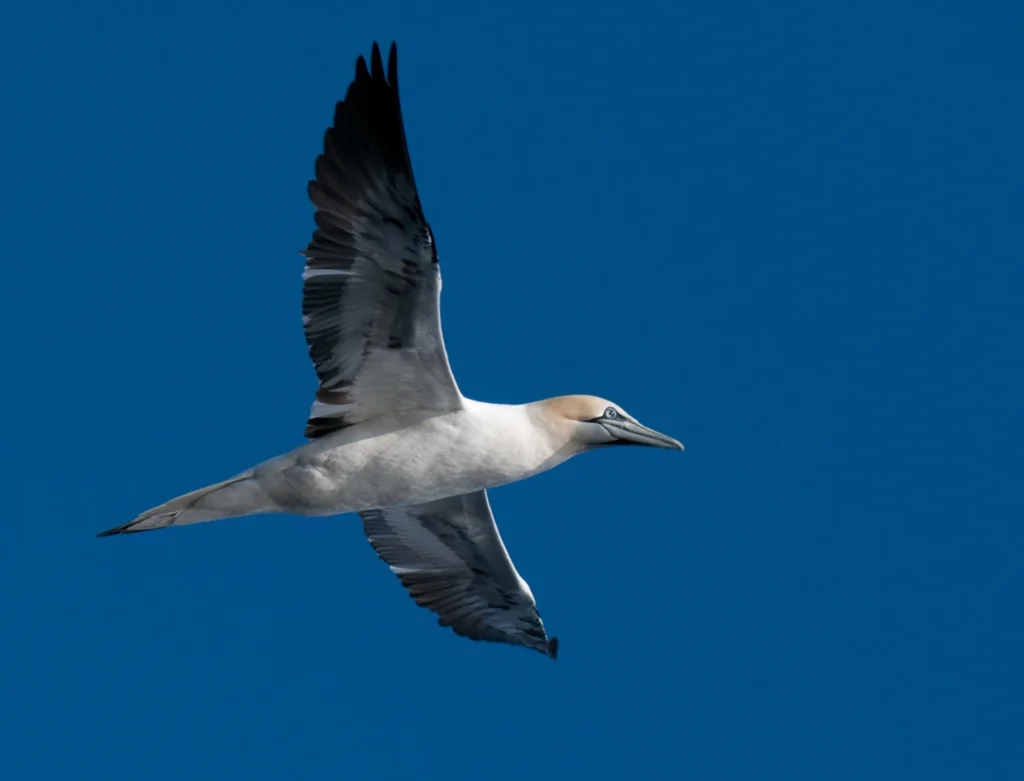The Bass Rock consists of the remnants of an ancient volcanic plug situated in the Firth of Forth in East Lothian, Scotland, just about 1.5 km off the coast.
The 107 m high rocky island has an area of 7.6 ha, with sheer cliffs dropping to the sea on the northwestern and eastern side, and a gentler slope on the southern side. The island has an amazing ancient human history having hosted the Christian hermit St. Baldred of Tyninghame during the 8th century, a castle and garrison from the 15th century held prisoners and later Jacobite rebels, and between construction 1902 and automatization in 1988, the lighthouse keepers manning the Stevenson Lighthouse. It is now privately owned by the Dalrymple family and maintained by the Scottish Seabird Centre in North Berwick, the adjacent seaside town. It is protected as a Special Protected Area SPA and a Site of Special Scientific Interest SSSI.

The Bass Rock gannet colony is very old and mentioned in the literature since at least the 16th century, though gannets might have been breeding there a lot longer. Brian Nelson writes in his seminal book “The Atlantic gannet” that “the Bass is the locus classicus for the gannet, solangoosifera bassa”, also highlighted by the gannet’s modern latin name Morus bassanus. For centuries, Bass Rock gannets and the ‘gugas’, their chicks, were a profitable source of income, killed for food, oil and feathers, and shot for sport, up until the birds were protected from 1885. The colony hence recovered from a mere 7,000-8,000 individuals in the early 20th century to about 75,000 pairs in 2015, when the Bass Rock become the world’s largest gannet colony. So many gannets leave little space for other seabird species, but small numbers of common guillemots, shags, herring and lesser black-backed gulls manage to breed on the fringe of the gannet colony.

In 2022, the colony was devastated by an outbreak of High Pathogenicity Avian Influenza, as were all but one monitored gannet colonies worldwide. The Bass Rock became a SEATRACK site in 2023, but research on Bass Rock gannets has a long history, starting in 1904 when Gurney ringed the first few gannets there, followed by Brian Nelson’s work starting in the 1960s, Keith Hamer’s work between 1997 – 2015, and our own research projects since 2015.

Seatrack partner

Jana Jeglinski
University of Glasgow
Data availability


